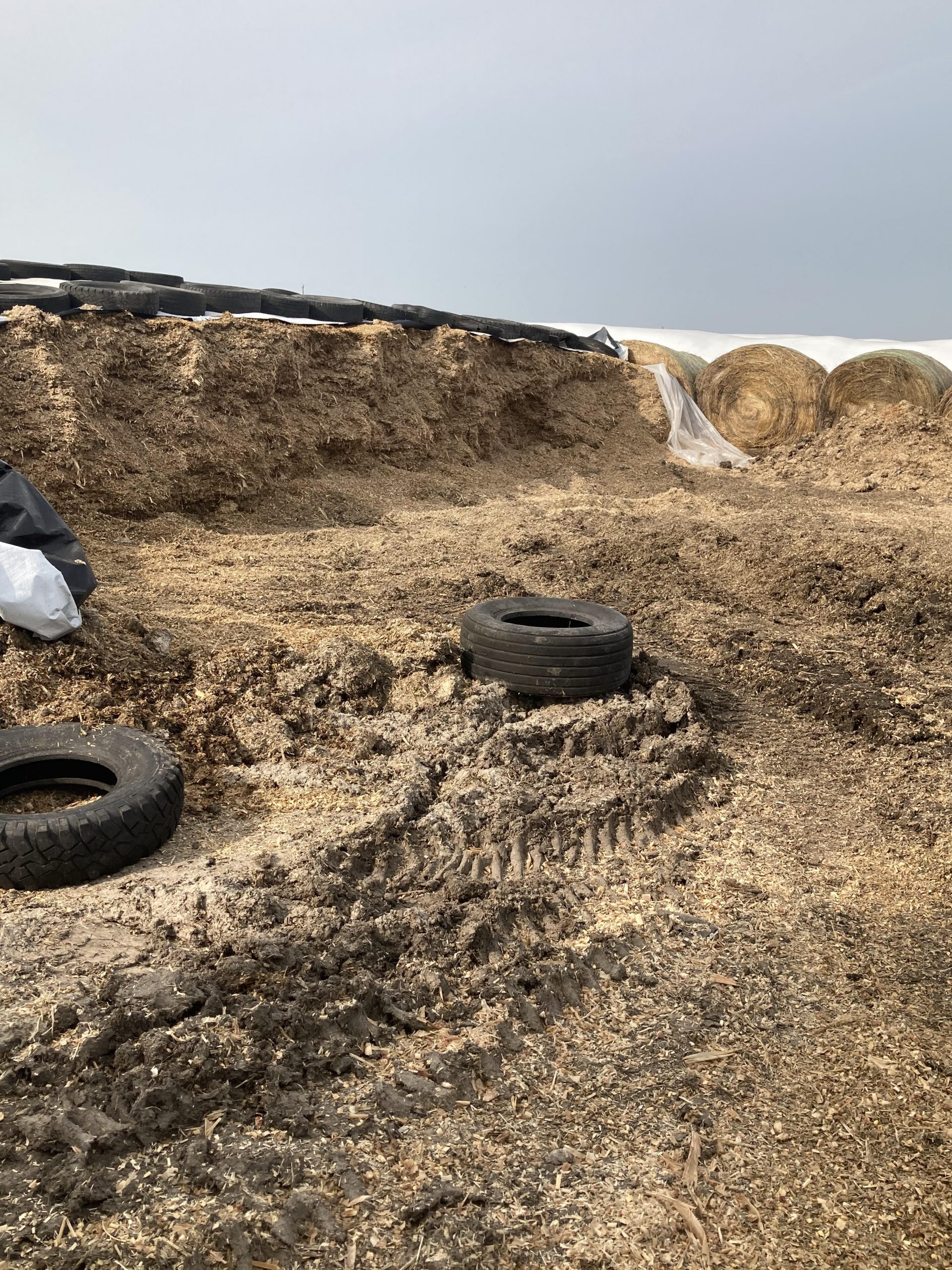Feed Hygiene
October 13, 2020As dairy nutritionists, we spend a lot of time talking about feed quality. We can start as early as seed selection, discuss agronomic practices in the field and really dial in on properly harvesting forages to yield feed that makes milk. Forage analysis are a fantastic scorecard on how well a farm did at making nutrient rich feed. Typical forage reports indicate a feeds potential in a perfect world, but the world is not perfect. The physical characteristics of feed, like feed hygiene, will trump reported nutritional values.
So just what is feed hygiene? John Goeser with Rock River Labs identifies feed hygiene as removing “anti-nutritional” factors that can negatively affect animal health and performance. These factors can be hard to identify. Mold, wild yeast, fungi, and bacteria in feed can all find their way into the ration we have worked hard to put together for our cows.
Feed hygiene is a critical part of delivering feed to cows that they want to eat. If a cow wants to eat what we give her, you can bet she will eat more than she would if it is something we starve her into eating. Higher feed intake creates a better energy balance, higher milk potential, and generally better animal performance.
Forage testing is great for measuring protein, fiber, fiber digestibility and even minerals. These values must be determined to know milk potential and properly position feeds in the ration. Unfortunately a routine forage test will not always indicate when a hygiene issue is present. Feed that has a hygiene issue may act like a totally different forage than we expect based on what we see on paper. A feed hygiene issue will almost always create some limit on cow health, milk production, and repro. Even if only one ingredient has poor hygiene, that ingredient often decreases the potential of other clean feeds, essentially putting a glass ceiling on animal performance.
Tillage practices, manure application, weather stress and fertilization practices can all create issues that come in from the field. Proper fermentation of silage and haylage will eliminate most bad bacteria but oxygen infiltration allows wild yeasts to grow at amazing rates. The growth of these undesirable yeasts lead to molds that can create mycotoxins that rob cows’ immune system and performance capabilities.
Sometimes we do everything right growing and getting feed into storage, and still end up with challenges in the feed bunk. Some examples of common offenders:
- Loader buckets that pull double duty loading feed and manure are a definite culprit. Manure buckets should never be used to handle feed.
- Silage bags that are stored on less than ideal surfaces often create opportunity for soil contamination. Concrete is best, but expensive. Gravel and lime pad alternatives are common.
- Improperly faced silage and loose silage faces allow oxygen penetration, and will promote wild yeast growth.
- Water running off and through silage piles, washes away nutrients, lets oxygen get where it doesn’t belong, and will contaminate the feed.
- Disc mowers set too close to the ground pick up soil or clumps of manure that end up in hay or haylage.
- Rodents dig holes in plastic or nest in hay and commodity piles.
- Birds and small rodents eating at the feed bunk will defecate in the feed, creating a sure source for salmonella and other harmful pathogens.
- Purchased hay that arrives untarped. Rain and road grime are a big contaminant for hay and straw. You pay a lot for hay so set the standard with your hay broker.
Do not let the abnormal become a normal cost of doing business at your dairy. Making sure that equipment is clean, bunks are cleaned daily, rodents are controlled, holes in plastic are fixed as soon as they are discovered, silages are fed at proper feed out rates and silage storage is properly designed. All of this will go a long way to making sure that your cows receive feed they want to eat. If cows are showing signs that something isn’t quite right, ask your nutritionist to help you eliminate any feed hygiene issues that might be affecting them. A wise man once said “if it belongs in the ditch, don’t run it through the cow first”. How much mold or manure do you want on your plate? If you wouldn’t want the equivalent for dinner, don’t feed it to your cows.

